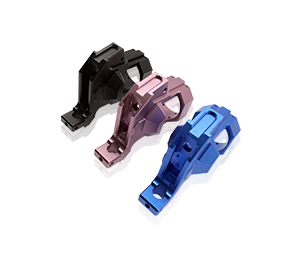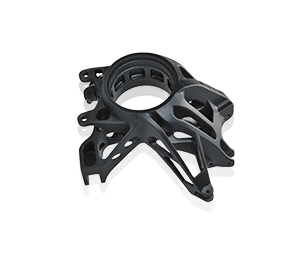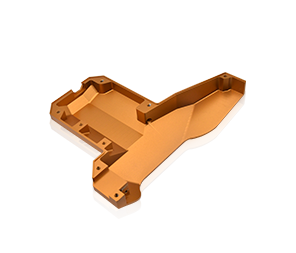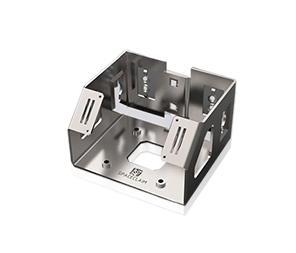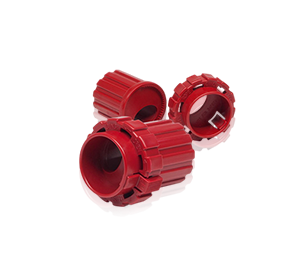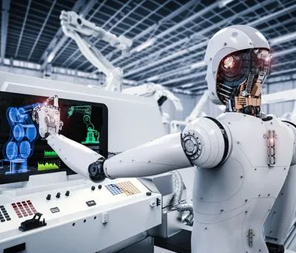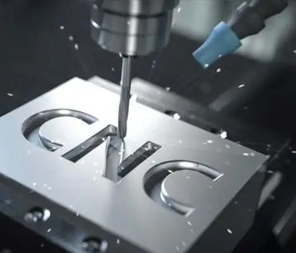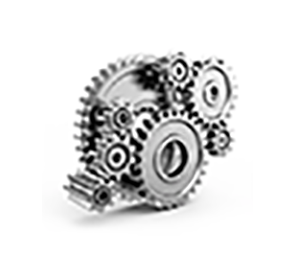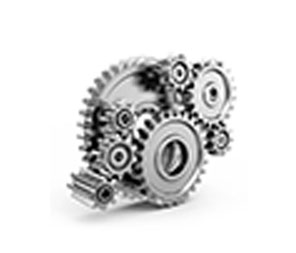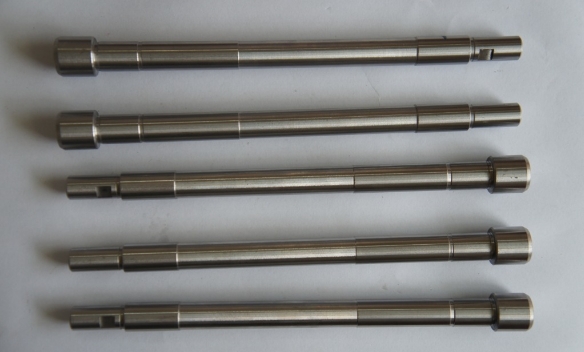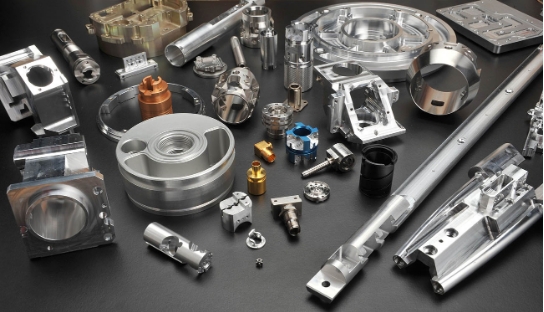What Is CNC Machining?
CNC machining is a manufacturing process used to process metal or plastic blanks to produce products with high-precision finished shapes. CNC equipment is usually equipped with a movable workbench that can position the fixture components under the tool holder. The tool holder then rotates tools such as end mills and drills at a speed of thousands of revolutions per minute to process the blank. Different types of end mills Parts can be processed in different ways, from leveling to contouring to fine groove machining. Some CNC machines can tilt the part freely while cutting by adding a movable table, and in some cases the tool holder is in place. Free movement around parts. Whatever the case, there are 3-axis, 4-axis, 5-axis, and more machines that can handle the varying sizes and complexity of your project. CNC machining can produce a variety of high-precision, repeatable custom parts, whether it’s bezels, electronic component housings or particle accelerators.
CNC machining advantages
Its production and processing process is mainly an intelligent mechanical process. It uses various software settings to transform the manual operation process and mechanical data settings into a mechanically specified operation process, reducing manual participation and improving production efficiency. It is a Intelligent mechanical operation process compared with traditional processing.
CNC machining application
CNC precision machining is widely used in medical, aerospace, industrial, oil and gas, hydraulics, and other industries. A variety of materials can be CNC machined, and metals, plastics, glass, composites, and wood can be machined.
CNC machining type
1. CNC turning
cnc turning are characterized by their ability to rotate (turn) material during machining operations. The lathe's cutting tool feeds in a linear motion along the rotating bar; this removes material around the circumference until the desired diameter and features are achieved.
A subset of cnc turning are CNC Swiss lathes (also called automatic lathes). Using a CNC Swiss lathe, the bar material is rotated and slid axially through the guide bushing into the automatic lathe, and then the cut parts are automatically processed. Generally speaking, CNC automatic lathes are suitable for processing small diameter parts.
cnc turning machining can create internal and external features on parts: including drilling, broaching, reaming, grooving, tapping, and threading. CNC lathes and turning centers make components including screws, bolts, shafts, joints and more.
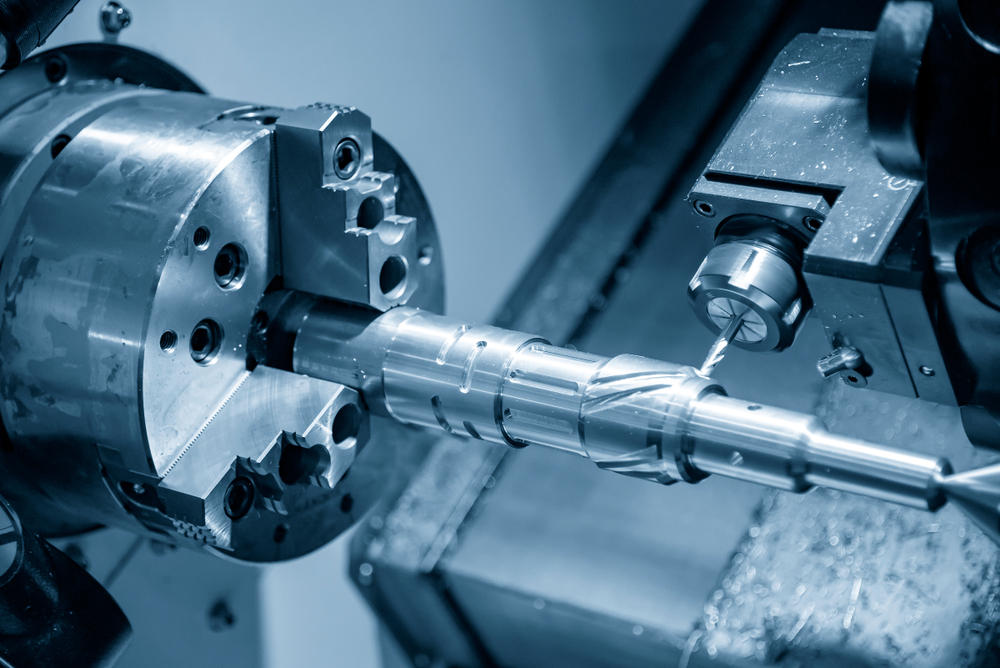
2. CNC milling
CNC milling machines feature the ability to rotate the cutting tool while keeping the workpiece/piece of material stationary. They can produce a variety of shapes, including face milling (shallow, flat surfaces and cavities in the workpiece) and perimeter milling (deep cavities such as grooves and threads).
Parts suitable for production on CNC milling machines are typically square or rectangular shapes with various features.
CNC milling processing is divided into 3-axis, 4-axis, 5-axis, turning and milling combined processing etc.
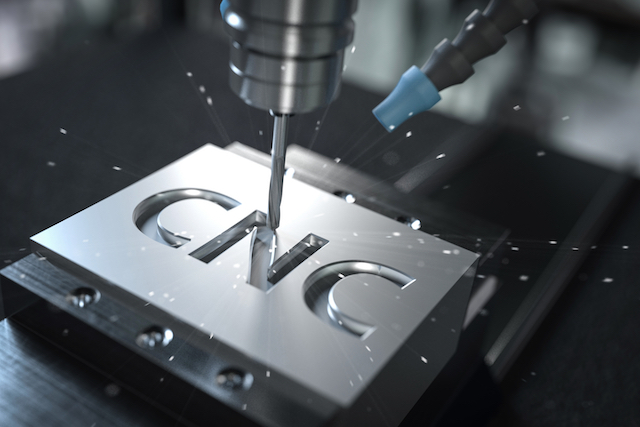
3. CNC laser processing
CNC laser machines have a pointed router with a highly focused laser beam that is used to precisely cut, slice, or engrave materials. The laser heats the material and causes it to melt or vaporize, creating cuts in the material. Typically, the material is in sheet form. The laser beam moves back and forth across the material to create precise cuts.
This process allows for wider design freedom than traditional cutting equipment (lathes, turning centers, milling machines) and often produces cuts and/or edges that do not require additional finishing processes.
CNC laser engravers are often used to mark (and decorate) machined parts. For example, logos and company names are difficult to machine with CNC turning or CNC milling processes. However, it is so easy to engrave with a CNC laser that you can use laser engraving to add it to the component even after the machining operation is complete.
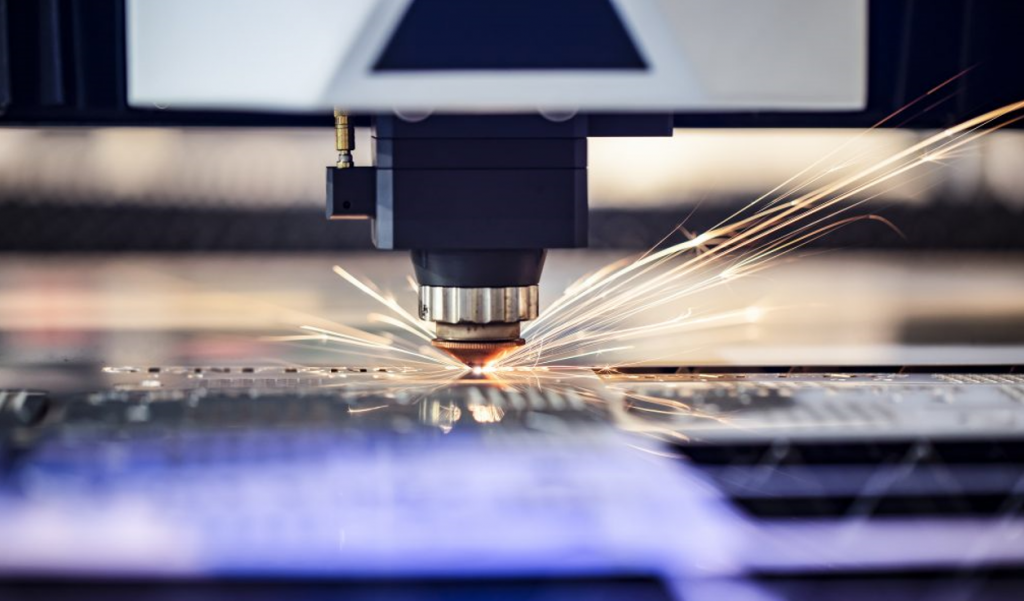
4. CNC electrical discharge machining (EDM)
CNC electrical discharge machining (EDM) uses a highly controlled electrical spark to machine materials into the desired shape. It may also be called spark corrosion, spark machining, or wire burning.
A component is placed under the electrode wires and the machine is programmed to emit electrical discharges from the wires, generating intense heat (up to 11,700°C). The material is melted or washed away with liquid to create the desired shape or features.
EDM is most commonly used to create precise micro holes, grooves, tapered or angled features, and a variety of other more complex features in components or workpieces. It is typically used to machine difficult shapes and sizes, often in very hard metals. For example, gears.
5. CNC plasma cutting machine
CNC plasma cutters are also used to cut materials. However, they do this using a high-power plasma (electron ionized gas) torch controlled by a computer. Functionally similar to handheld pneumatic guns used for welding (up to 5500 degrees Celsius), plasma guns can reach up to 27500 degrees Celsius. The plasma torch melts through the workpiece to create cuts in the material.
cnc machining process
1. Preparation stage. In the preparatory stage of CNC processing, it is mainly to analyze the parts that need to be processed, determine the elements that need to be processed, and then draw the processing drawings of the parts. At the same time, it is also necessary to prepare the materials for processing and check whether they are qualified and compliant.
2. Data programming stage. According to the processing drawings prepared in the early stage, in the data programming stage, we need to first use computer software to design relevant programs, mainly the specific fixed-point direction and path of the parts during the processing process. Then write the relevant program sheet for parts printing, mainly using computer program diagrams to write, input independent variables and related functions, and you can perform automatic operations.
3. Carrier processing stage In the carrier processing stage, we need to debug the processing and production machine first, preheat it according to the needs of the consumables, and then input the previously designed processing program into the machine tool control unit. At the same time, the relevant coordinates need to be accurately set up, the tool path displayed, and then the program transferred to the relevant machine tool tool changer.
4.time observation is required to adjust the relevant data path in a timely manner according to the specific situation. Fourth, the formal processing stage. The formal processing stage mainly processes parts according to the previous settings. During this process, attention needs to be paid to the operation process and the safety door needs to be closed. If there is an abnormality in the machine, processing needs to be stopped immediately and reported.

